Creating a Learning Environment for Number Talks
One important factor for successful number talks is having a learning environment where students feel safe to participate and try out new ideas and ways of thinking about math.
Today I am sharing some tips and ways you can create a learning environment in your classroom where students will be willing to share ideas and take risks during number talks.
Gathering Space
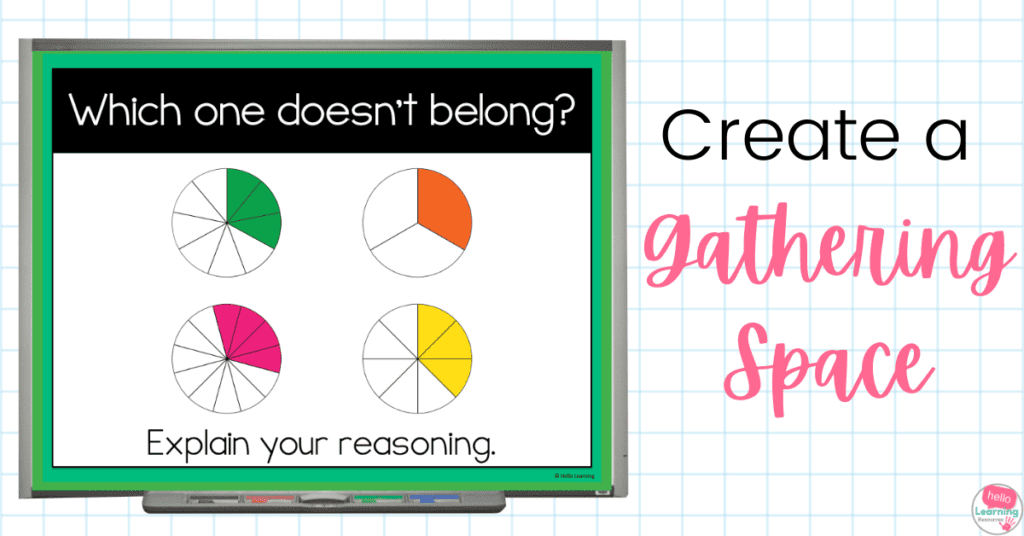
Having a space to gather as a class during number talks is one way to create a learning environment that supports students and fosters a sense of community.
The gathering space for number talks needs to be in a location where all students can see the problem being displayed.
If you have an open space with a large rug, this is a great space to gather. Sitting in a circle helps support communication. Everyone can easily see each other, and no one is sitting in the front or the back.
If you do not have room to create a circle around a rug, gathering in a group is still a powerful way to build community and a shared experience.
Even without a large open space with a rug, you can ask students to gather around a specified group of desks or tables so they are pulled together in a group.
Being part of a group and feeling a sense of community is a great way to create a learning environment perfect for number talks and math discussions.
Norms & Expectations
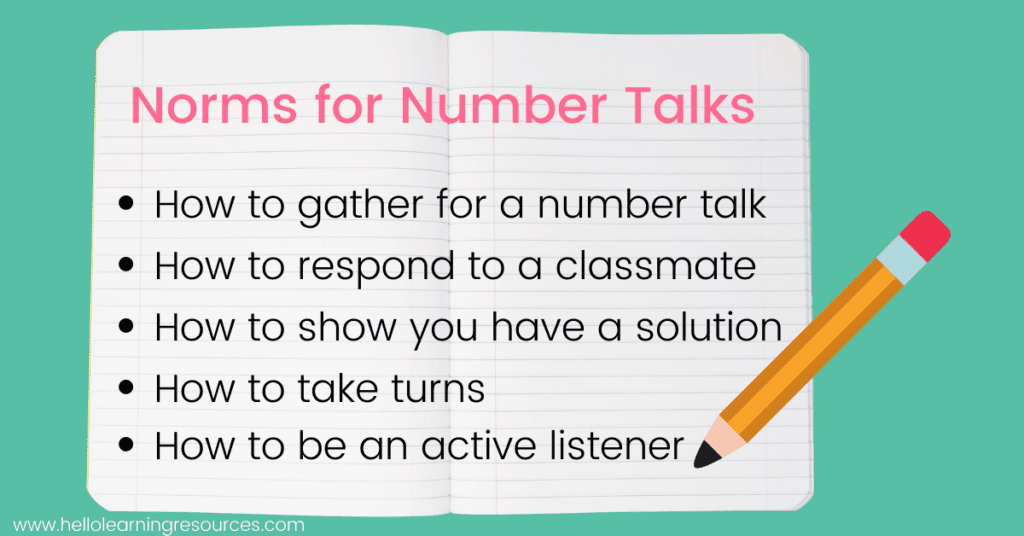
In order to make students feel safe and comfortable to share during discussions, it is important to set up group norms and expectations for number talks.
With older students, I like to create norms as a class, so they have some ownership of the expectations.
Some of the things you might consider while creating norms and expectations are:
- how to gather for number talks
- what the classroom should look, sound and feel like when students are working on a number talk problem
- how to show that you have an answer
- how to take turns talking during discussions
- how to respond to a classmates ideas
- what listening to classmates ideas looks like
- how to respectfully disagree during discussions
- whose ideas are important to hear (everyones!)
- how mistakes will play a part in learning
Recording Space
As students share their answers and describe their strategies and thinking, you will be recording their thinking for the class to see.
You can do this on a whiteboard, SmartBoard, easel, or chart paper.
I usually record student thinking on a whiteboard or SmartBoard, and then transfer any parts I want to keep for students to reference later onto a piece of chart paper.
When students see their thinking recorded for others to see, it shows them that their ideas, strategies, and contributions matter to the group learning environment.
Student Signals
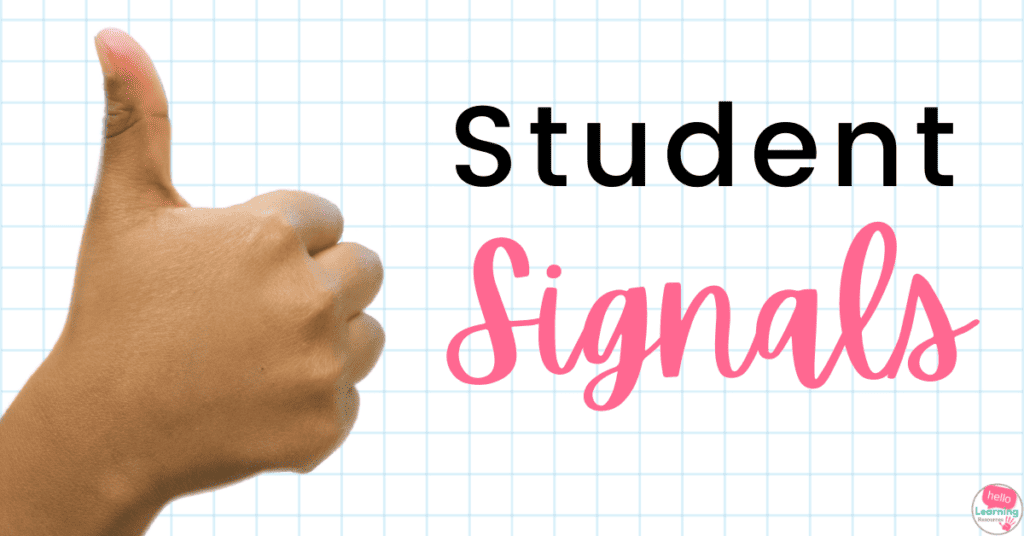
During number talks, we want students to be focused on thinking about strategies and solving the problem. When students raise their hands (or wave them around wildly) to show they have an answer, this does two things: it distracts the students around them and it sends a message that it is important to get an answer quickly. This can lead to a learning environment of competition and math anxiety.
Come up with a signal students can give to show they have an answer that will not distract the rest of the class.
I like to have students give a thumbs up in front of their chest (not up in the air) to signal to me that they have an answer. If they have more than one strategy they can put up more than one finger.
This type of signal allows students to let you know they are ready to share without interrupting the learning environment in the rest of the room.
Discussion Prompts
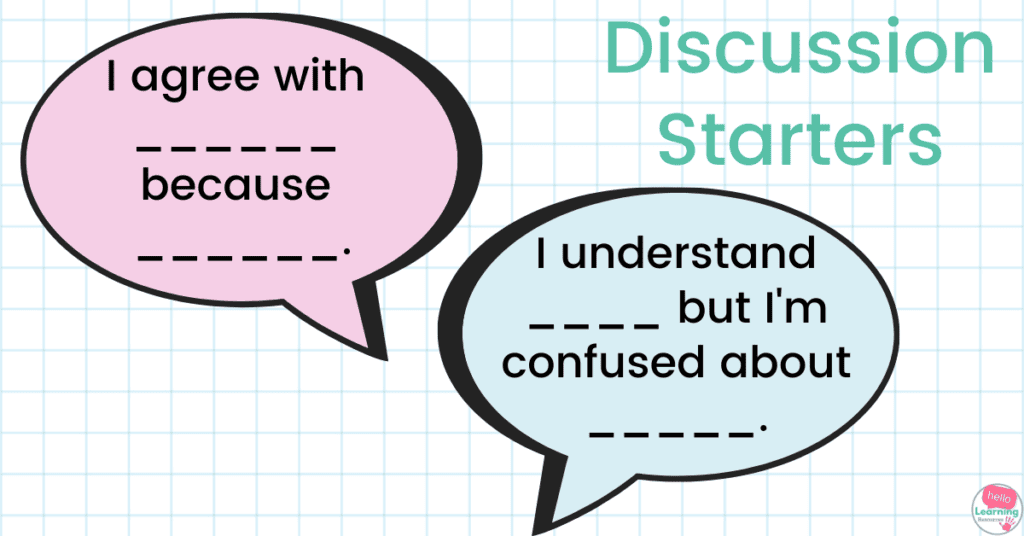
To help support ongoing student discussions that are meaningful and respectful, give students discussion prompts to guide their thinking.
By providing discussion sentence starters you are giving students an extra level of support that will make discussion and participation accessible to more students.
Some sentence starters you might provide are:
- I agree with _____ because _____.
- I disagree with _____ because _____.
- I do not understand _____. Can you explain that once more.
- How did you decide to _____.
- The strategy I used was _____.
- My strategy is similar because _____.
- I am confused about _____.
Model and practice these discussion starters with your students so they become comfortable with how to use them to guide their discussions.
By setting up a safe and supportive learning environment for number talks, students will feel comfortable taking chances, sharing their ideas, and trying new strategies.
Want to Get Started with Number Talks?
Click HERE or on the image below to get a FREE set of 20 number talks!
Looking for Ready to Go Number Talks
Click this link to see all of the ready to go number talks in my Teachers Pay Teachers store.
Want to Read More About Number Talks?
Click on the links below to read more about using number talks in the classroom.
- What Are the Benefits of Number Talks?
- Using Number Talks and Number Strings
- Number Talks in the Math Classroom
Pin This Post!
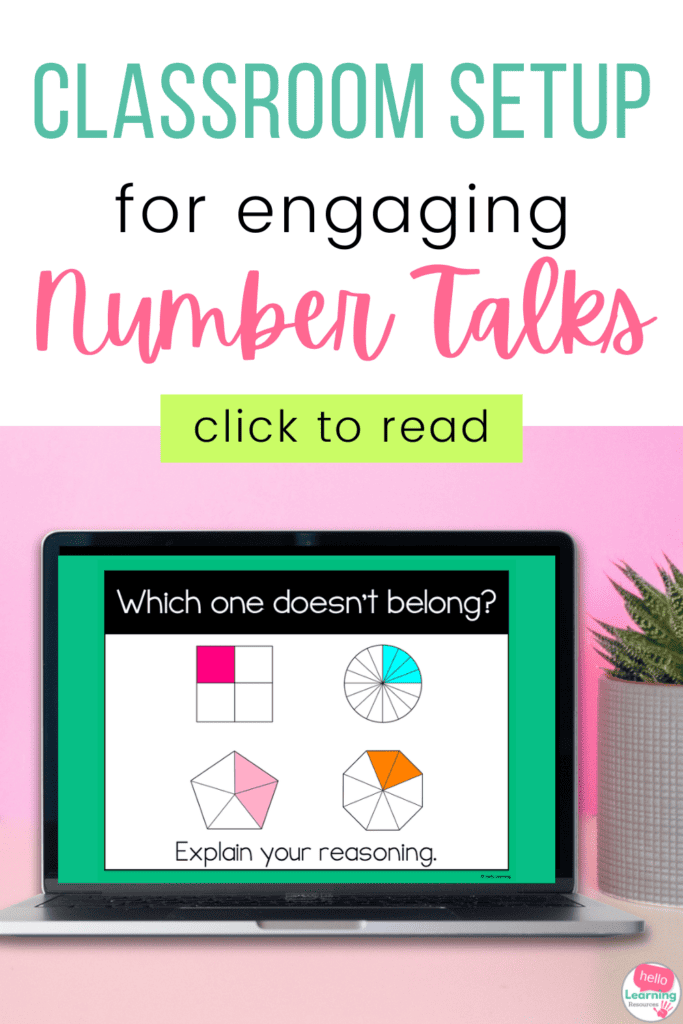

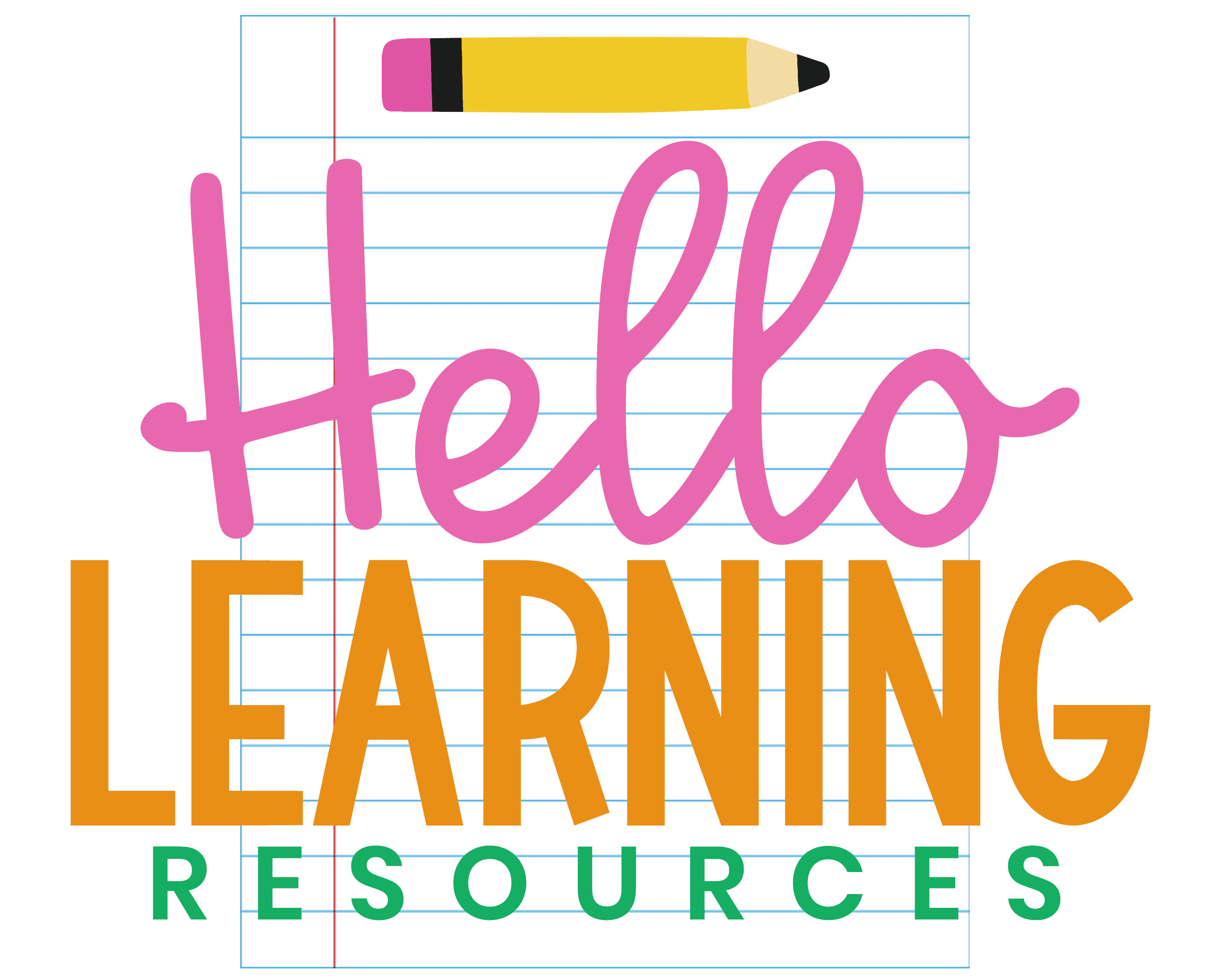



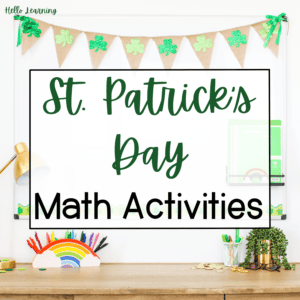


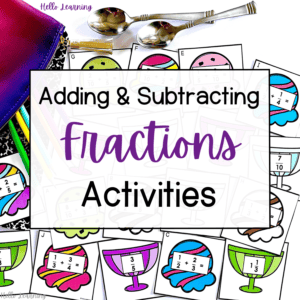

2 Comments